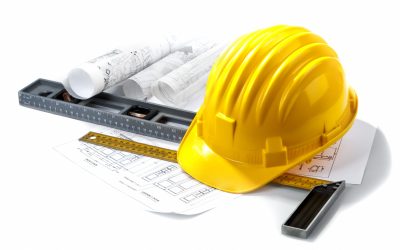Regardless of how well made a scale is, with industrial use and constant on and offloading of product it is going to eventually need components replaced. Often this includes replacing the tension load cell, and finding the correct replacement is important to ensure that the scale continues to read correctly and accurately.
Ideally, if buying a brand name scale system that has years in the industry, it is the best option to return directly to that scale manufacturer for the replacement tension load cell. Alternatively, you can choose a dealership that sells that particular brand of scale and they may already have a replacement part, or they can order from the manufacturer.
This is often a much faster process than ordering on your own. The manufacturer and the scale company already have a working relationship, so a shipment of parts is not a complicated issue to coordinate and arrange.
The Basics
All tension load cell models are designed to weigh from a hanging position. This is a very different type of load cell than a compression cell, where the weight is placed on the scale, which is the load cell or cells, to provide the reading.
Because of the design of the tension load cell models, these are often used for the smaller loads than can be measured with complete accuracy with the compression type of load cell. In most cases, these load cells will have a maximum weight of 5 tonnes although there are options to consider when higher weighing abilities are required.
The Smart Options
With the selection of smart devices on the market today from smartphones to smart cars, it is not surprising to find that many of the replacement tension load cell options will include smart technology.
Depending on the age of the scale and the specific system in use, these smart tension load cell options will increase efficiency by providing intuitive tools that are literally available at the push of a button. Since these scales will have optional digital readouts and LED control panels on the scale, as well as being controlled through the computer software, they are extremely user-friendly.
Another big advantage to the new types of tension load cell models is the option to have electronic calibration without the need for weights. This results in decreased downtime to recalibrate the scales and also less risk of injury to the technicians in moving the weight and manually having to work in some very confined conditions.








